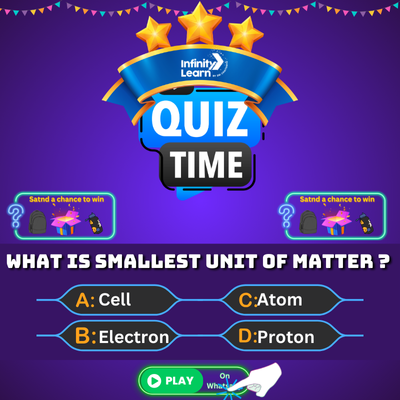Titration of Na₂CO₃ with HCl The titration of Na₂CO₃ with HCl is a process by which the concentration of HCl […]
Uncategorized
Argon (Ar) – Uses, Chemical and Physical Properties | Periodic Table
Chemical and Physical Properties of Argon Argon (Ar): Argon is a colorless, odorless, and tasteless gas. It is non-toxic and […]
Complex – Nomenclature, Complex Ion, Substance Equilibria and FAQs
What is Complex? The word complex has a few different meanings, but in general it refers to something that is […]
Nitro Compounds – Types, Properties and Application
An Introduction to Nitro Compounds: amines, nitriles, cyanides, isocyanates, and nitro compounds. Amines are organic compounds that contain one or […]
Titanium – Atomic Number, Properties, Uses and Adverse Effects
What is Titanium? Titanium – Atomic Number: Titanium is a chemical element with the atomic number 22. It is a […]
Potassium Chloride or KCl – Structure, Properties, Uses and FAQ
Potassium Chloride Potassium chloride is a salt that is made up of potassium and chlorine. It is a white powder […]
Clothing Fabric
Clothing Fabric: Introduction Clothing fabric is a type of fabric that is specifically designed for use in clothing. Clothing fabric […]
Dimethylglyoxime – Structure, Properties, Applications and Hazards
Dimethylglyoxime Dimethylglyoxime (DMG) is an organic compound with the formula C3H6O2N. It is the simplest alkylglyoxime. It is a colorless […]
Sources of Alcohols – Ethyl, Natural, Hard Seltzers and Facts
More About Alcohols ; An alcohol is a molecule that contains a hydroxyl group (-OH). The simplest alcohol is ethanol, […]
Vanadium – Atomic Number, Properties, Uses and Adverse Effects
Vanadium Summary in Tabular Form- Element Vanadium Symbol V Atomic Number 23 Atomic Weight 50.94 Vanadium is a soft, silvery-white, […]


